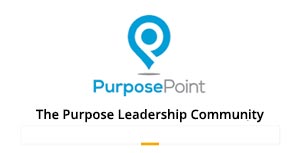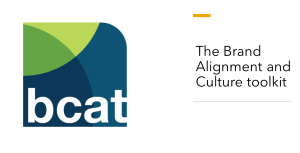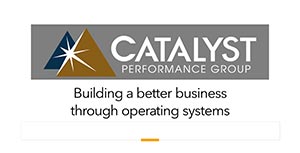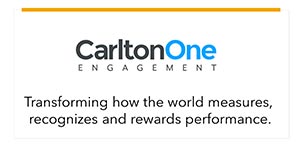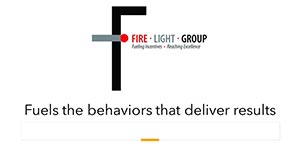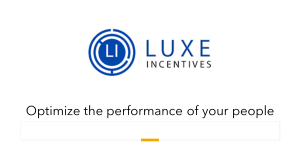Part 1: Purpose Leadership and Stakeholder Management Overview
 This article kicks off a five-part series detailing the principles and framework of purpose leadership and stakeholder management covering the theory, economics, and essential steps. It incapsulates the more detailed curriculum of the Enterprise Engagement Alliance Purpose Leadership and Stakeholder Management Academy as well as the information in the EEA's two books, Enterprise Engagement for CEOs and Enterprise Engagement: The Roadmap.
This article kicks off a five-part series detailing the principles and framework of purpose leadership and stakeholder management covering the theory, economics, and essential steps. It incapsulates the more detailed curriculum of the Enterprise Engagement Alliance Purpose Leadership and Stakeholder Management Academy as well as the information in the EEA's two books, Enterprise Engagement for CEOs and Enterprise Engagement: The Roadmap. Part 1: Purpose Leadership and Stakeholder Management Overview
The first of a series being published in 2025 on the practical implementation of stakeholder management.
Part 2: An Overview of the Implementation Steps
This article provides an overview of the implementation steps, which to many will sound quite similar to total quality management in manufacturing.
Part 3: Enterprise Engagement Business Operating Systems
What is a business operating system and why it's so critical to harmonizing the interests of all stakeholder toward a common purpose, goals, and objectives.
Part 4: Tools of Engagement
Here is a rundown of the tools of enterprise engagement that need to be aligned toward a common purpose, goals, and objectives.
Part 5: Meaningful Metrics
This article provides an overview of the different types of macro and micro metrics organizations can use to better track the impact of people initiatives.
Part 1 provides an overview of stakeholder management principles and how they compare with shareholder capitalism.
A Focus on Harmonizing Interests Toward a Common Purpose, Goals, Objectives, and Values
Putting Principles Into Action
A Side-by-Side Comparison: Purpose Versus Shareholder Leadership
By Bruce Bolger
Employee engagement remains near long-term lows, according to Gallup, and American Customer Satisfaction Index surveys reveal little improvement since 1994. New research indicates why: the failure of most organizations to implemement a strategic, holistic, and systematic approach. to enterprise engagement. This article provides a roadmap for organizations seeking to address the new framework for value creation through people compared with the shareholder-focused model.
Why do many organizations fail to address the fundamental lack of engagement among their employees and customers? Perhaps because they cannot actually measure the impact on their bottom lines or balance sheets.
This research from Irrational Capital, independently validated by the quantitative analytics group of J.P. Morgan Securities, finds that organizations with a strategic, holistic, and systematic approach to people management across the enterprise can experience an alpha of 4% in terms of future equity value creation. It supports many other studies finding a connection between strategic people management and higher performance. More recently, research conducted by Alex Edmans, Professor of Finance for Great Places to Work in the UK, found that these companies outperformed the Financial Times Stock Index by 400% over 23 years.
If strategic management of people is the next bastion of value creation, what is the new paradigm for leadership in the 21st century? What can address the fundamental failure of organizations to engage employees, customers, supply chain and distribution partners, and earn the trust of communities? We believe the model for our times is Purpose Leadership—a focus on enhancing returns for investors only by creating value for all stakeholders—customers, employees, supply chain and distribution partners, and communities.
The concept is gaining ground based on a growing body of research finding a clear connection between enhanced financial performance and having highly engaged customers, employees, supply chain and distribution partners.
We believe the basic principles and practices of Purpose Leadership are embodied in this recent Enterprise Engagement Alliance YouTube show with CSX CEO Joe Hinrichs and on other EEA shows with purpose leaders. Purpose leadership does not avoid the need for organizations to make tough trade-offs in a time of crisis or major change, but it provides a guidepost against which these tradeoffs can be avoided or at least better explained.
A Focus on Harmonizing Interests Toward a Common Purpose, Goals, Objectives, and Values
Purpose leadership starts by harmonizing the interests of shareholders and stakeholders toward the achievement of transparent purpose, goals, objectives,
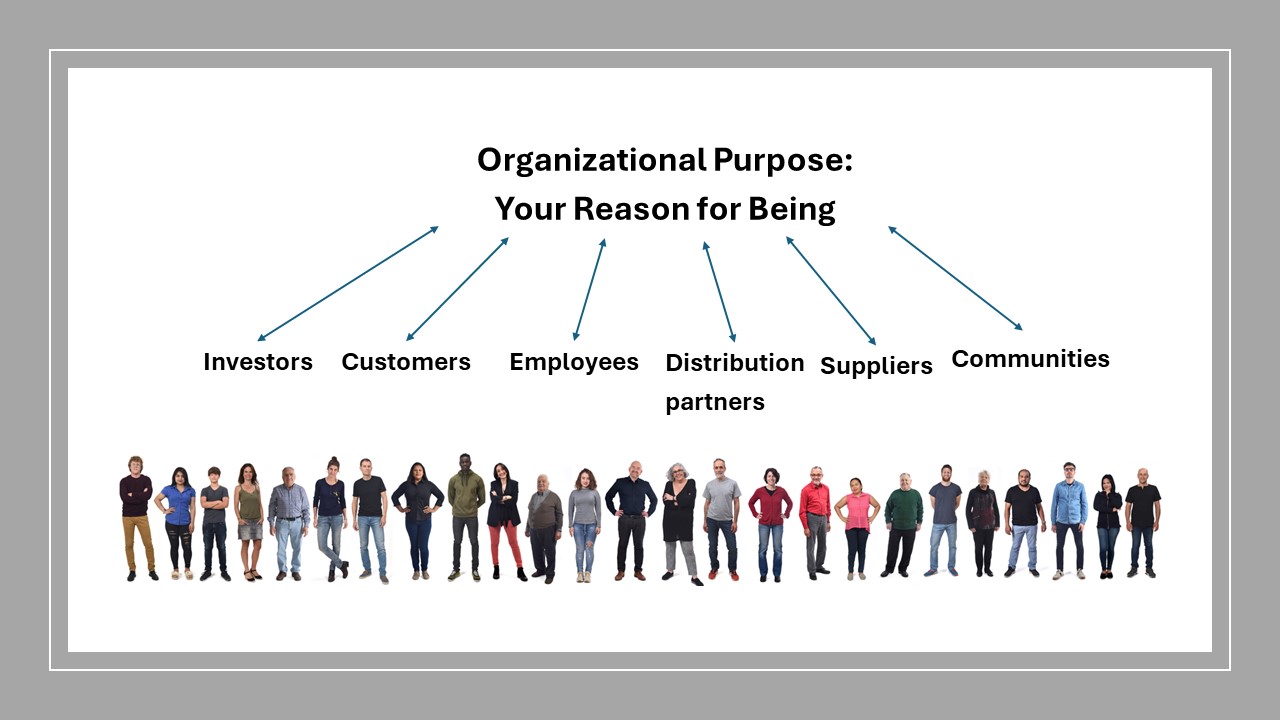 and values, rather than pitting the interests of one stakeholder against the other. The premise is simple: organizations that successfully align the interests of their stakeholders toward a common purpose, goals, objectives, and other expectations, financial and otherwise, have a greater chance of sustainable success than those that don’t. While extensive research supports the logical conclusion that having highly engaged customers, employees, supply chain and distribution partners, communities, and shareholders all sharing a common expectation is a sensible practice, no business strategy is a panacea in a world with many threats, challenges, and unknowns.
and values, rather than pitting the interests of one stakeholder against the other. The premise is simple: organizations that successfully align the interests of their stakeholders toward a common purpose, goals, objectives, and other expectations, financial and otherwise, have a greater chance of sustainable success than those that don’t. While extensive research supports the logical conclusion that having highly engaged customers, employees, supply chain and distribution partners, communities, and shareholders all sharing a common expectation is a sensible practice, no business strategy is a panacea in a world with many threats, challenges, and unknowns.That said, the current model obviously isn’t working. Based on Gallup and the American Customer Satisfaction Index, employee engagement and customer satisfaction, both factors have direct impact on productivity with neither getting better than a general score of C. Gallup estimates the waste due to low employee engagement at $1.7 billion in the US alone. ACSI data suggests a high correlation between customer satisfaction and profitability, and yet no company would consider a 77% customer satisfaction score particularly impressive. Where does this waste appear on balance sheets? To us, it can be found in the same place as the enormous waste caused by poor quality management practices in the US in the 1980s that enabled the Japanese to steal an enormous market share of automobiles and other products from which the US has never recovered: this calamity appeared nowhere on balance sheets but was buried in sales, profitability, and market share declines.
Putting Principles Into Action
It is not enough for CEOs to be human. It takes a system to mobilize multiple stakeholders with different perspectives on the value created by the organization and how they can benefit. There is no need to recreate the wheel, because the world of total quality management in the US and especially in Japan has repeatedly proven that a focus on a clear purpose, goals, objectives and values that actively involves all stakeholders with transparent metrics and gainsharing have a measurable impact on quality, productivity, and customer satisfaction. Despite emulating the total quality management practices actively shared by the Japanese with US automakers, the Japanese still hold most of the top 10 position in the Consumer Reports list of quality cars in the US, with no domestic automakers even on the most recent list as of this reporting.
Below are the characteristics of purpose leaders based on a similar approach employed in total quality management that puts a premium on the value of people—an element the Japanese continue to focus on and about which the US automotive companies continue to struggle based on the lengthy, costly strike. (The Japanese auto industry almost never has strikes; in the US, they are much more common.)
A Side By Side Comparison: Stakeholder Versus Shareholder Leadership
While the framework for purpose leadership and stakeholder management is taught at a few universities, such as the Darden Business School at the University of Virgina (See ESM: Seeking an MBA in Stakeholder Capitalism? most people have never heard of the concept of stakeholder capitalism or even of related frameworks such as Conscious Capitalism, Economics of Mutuality, B-Corp, or the Shared Value Initiative. So, the many CEOs and other leaders who embrace these principles do so based on both principles and instincts. Here is an outline of the general difference between stakeholder versus shareholder leadership based on how they address key organizational principles and stakeholders, recognizing organizations might fall somewhere in between in many areas either intentionally or through lack of knowledge.
To gauge your organization's progress toward purpose leadership and stakeholder management, take this free, confidential 10-minute self-assessement from the Maturity Institute and the Enterpise Engagement Alliance.
Principles |
Stakeholder Leadership |
Shareholder Leadership |
Purpose |
|
|
Values |
|
|
Financial Goals |
|
|
Business Operating Systems |
|
|
Shareholders |
|
|
Employees |
|
|
Customers |
|
|
Distribution Partners |
|
|
Supply Chains |
|
|
Communities |
|
|
Environment |
|
|
Transparency |
|
|
Enterprise Engagement Alliance Services
 Celebrating our 15th year, the Enterprise Engagement Alliance helps organizations enhance performance through:
Celebrating our 15th year, the Enterprise Engagement Alliance helps organizations enhance performance through:
1. Information and marketing opportunities on stakeholder management and total rewards:
- ESM Weekly on stakeholder management since 2009. Click here to subscribe; click here for media kit.
- RRN Weekly on total rewards since 1996. Click here to subscribe; click here for media kit.
- EEA YouTube channel on enterprise engagement, human capital, and total rewards since 2020
 Management Academy to enhance future equity value for your organization.
Management Academy to enhance future equity value for your organization.3. Books on implementation: Enterprise Engagement for CEOs and Enterprise Engagement: The Roadmap.
4. Advisory services and research: Strategic guidance, learning and certification on stakeholder management, measurement, metrics, and corporate sustainability reporting.
5. Permission-based targeted business development to identify and build relationships with the people most likely to buy.
Contact: Bruce Bolger at TheICEE.org; 914-591-7600, ext. 230.







